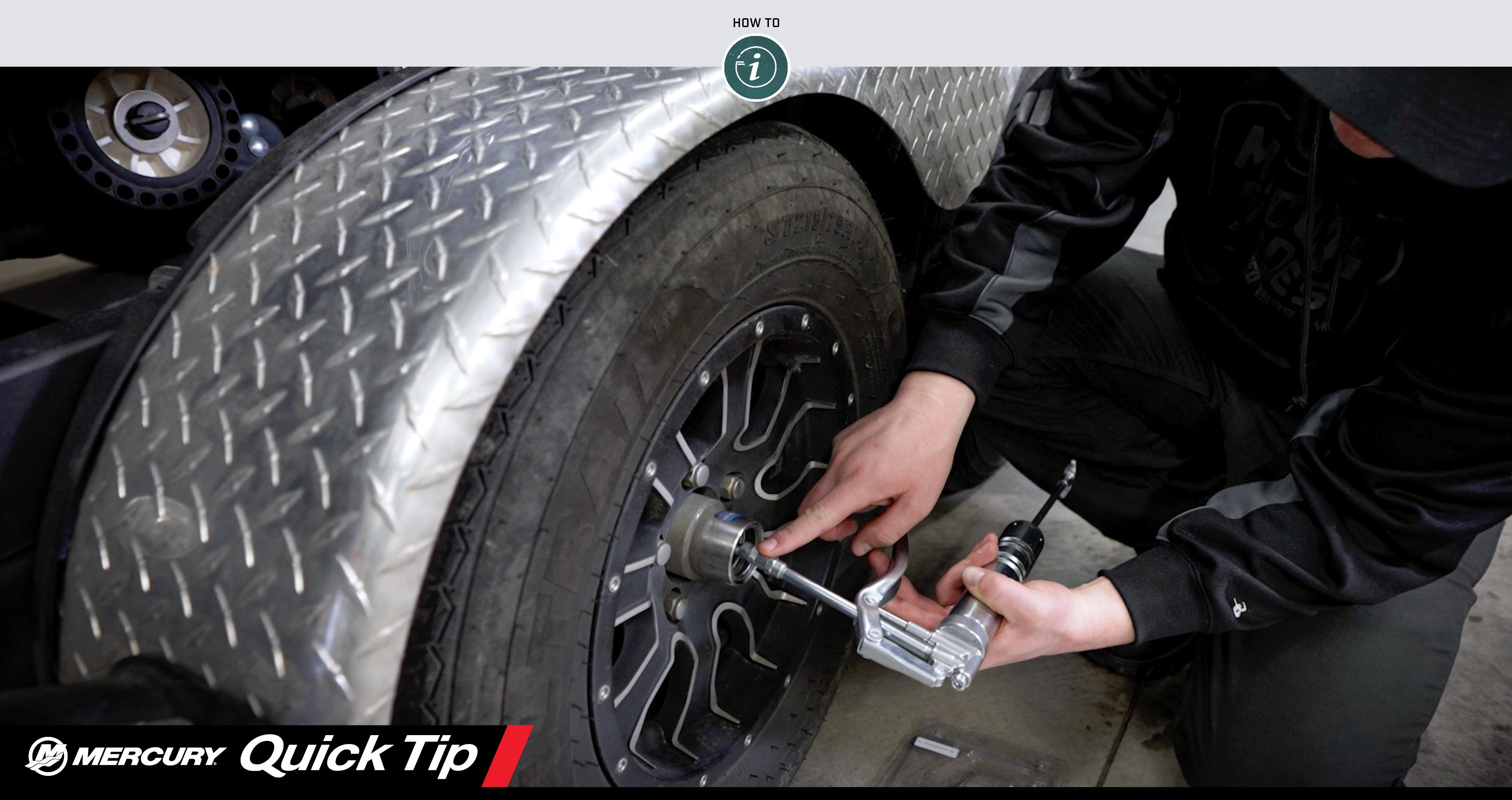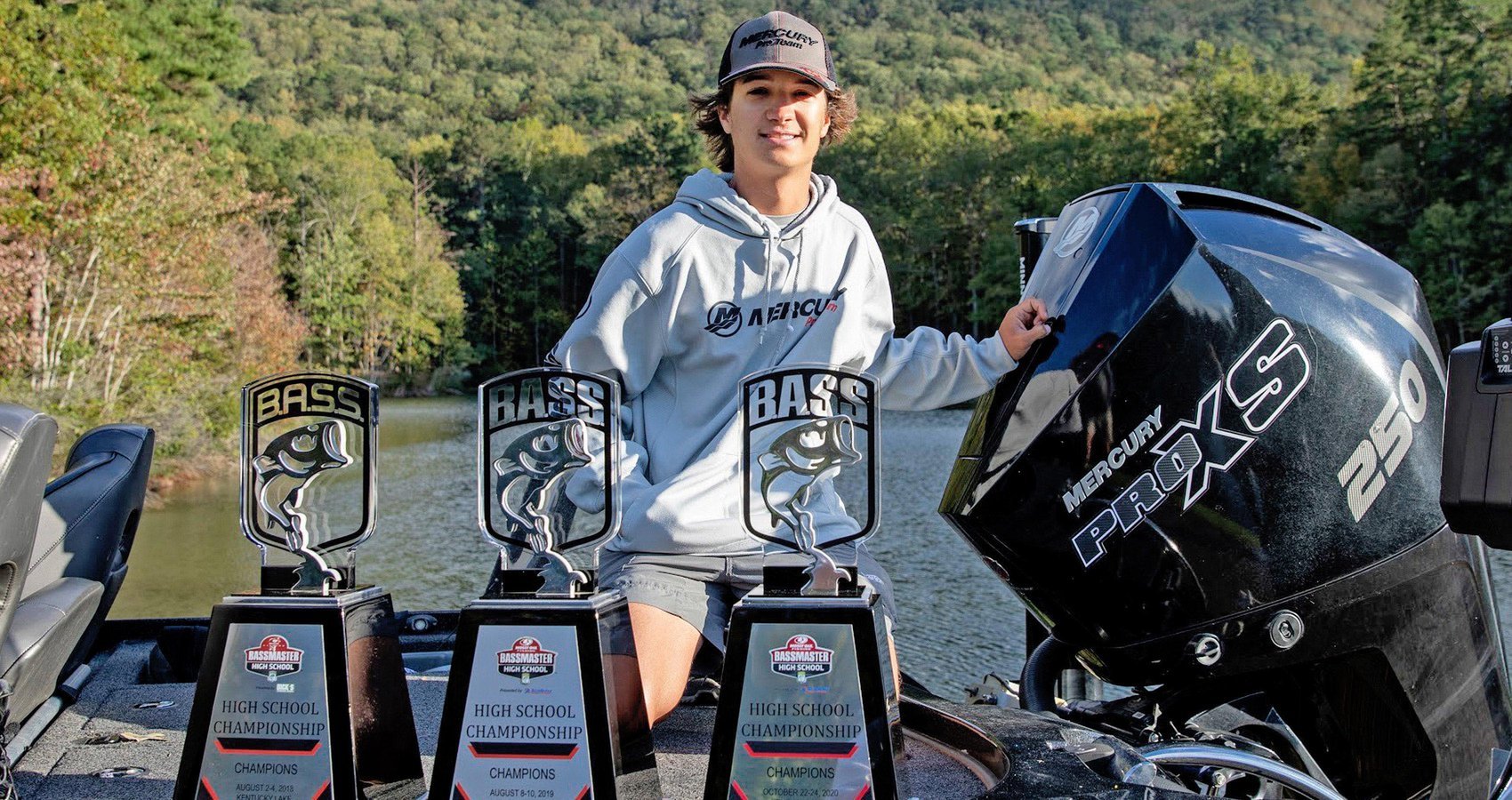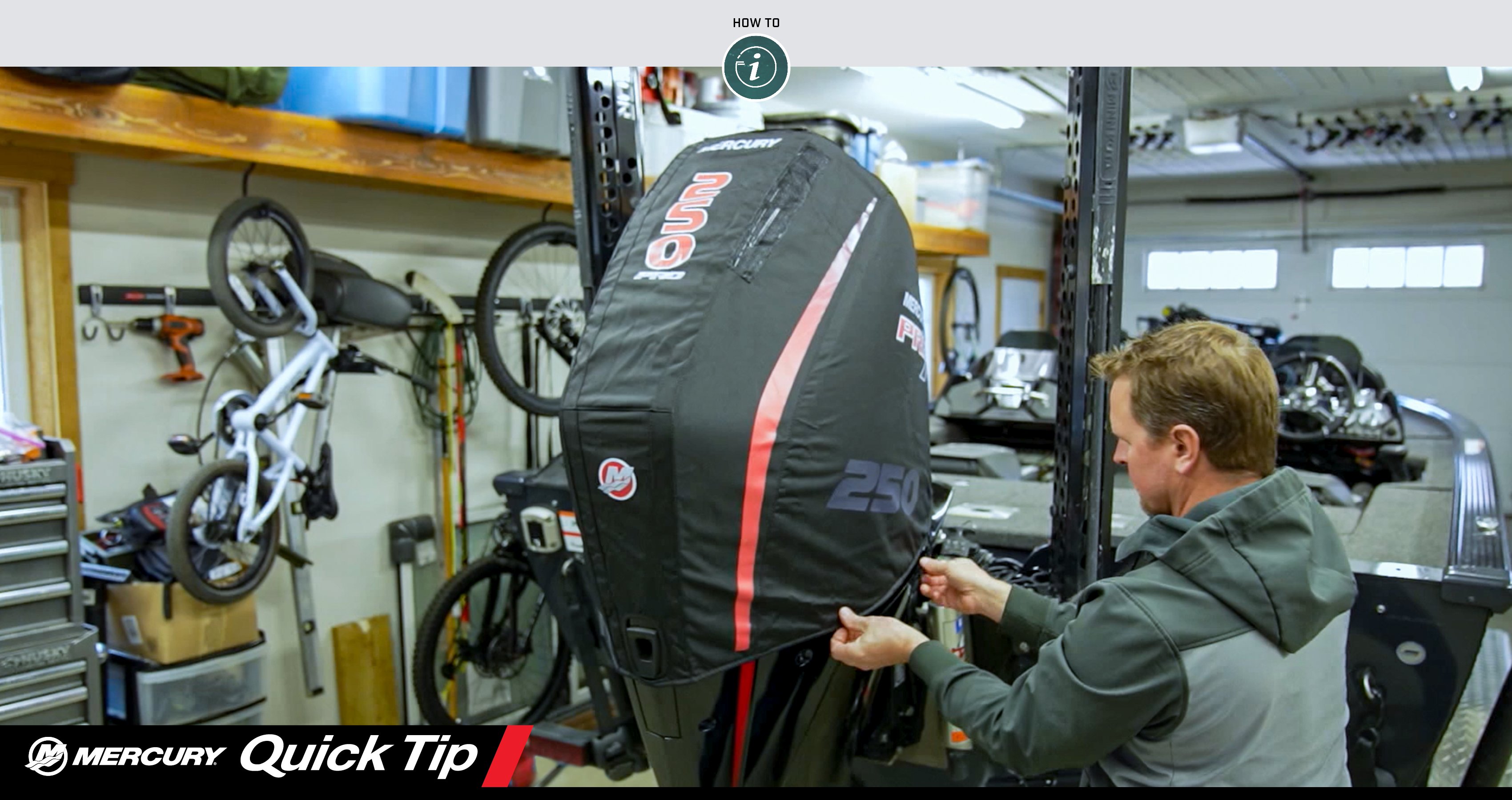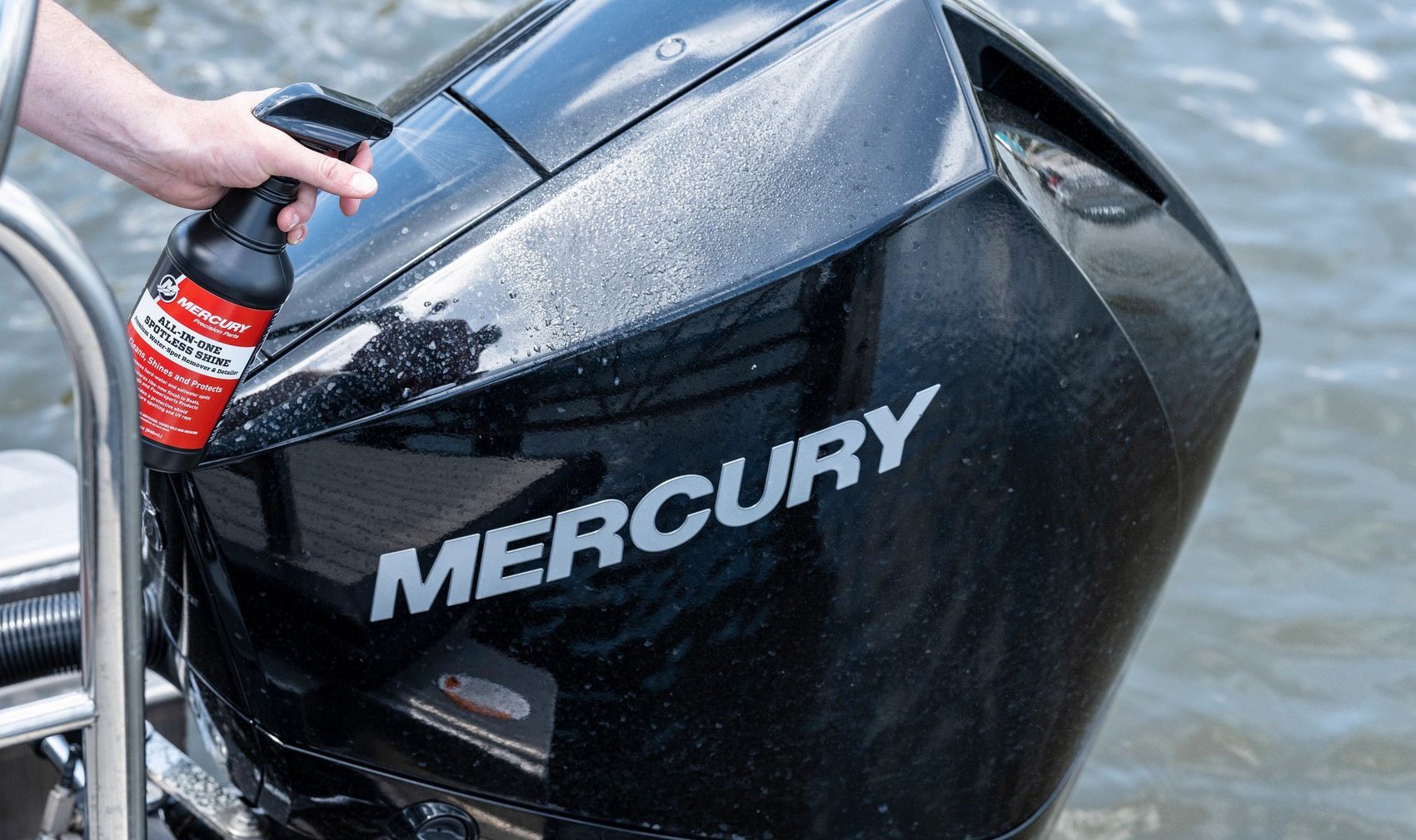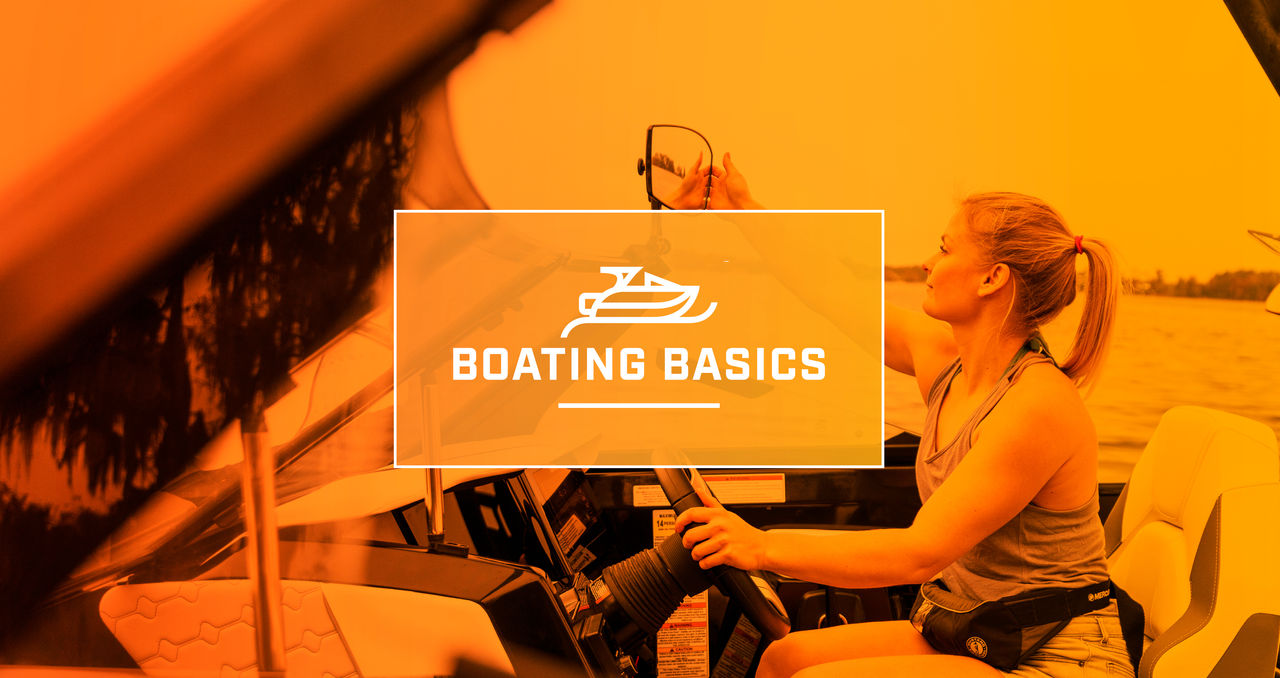The Tow Sports Boating Basics video series was created to get you ready to ride. With expert advice from Mercury-powered pro wakeboarders Carro Djupsjö and Dylan Miller, each video in the series will help you grow confidence on your watersports journey.
Driving a tow boat is an important part of the watersports experience. It’s a lot of fun – and it’s a big responsibility.
When you drive a tow boat, you are responsible for the vessel, its passengers and the rider behind you. Your actions also have an impact on other boaters and watersports enthusiasts around you.
Before you take the wheel for the first time, keep these tips in mind from pro wakeboarders Carro Djupsjö and Dylan Miller.
1. Safety
First, securely attach the lanyard for the engine’s emergency cut-off switch (ECOS) to your clothing or personal flotation device (PFD). This allows you to quickly and easily turn off the engine in an emergency. And, if you unexpectedly move from the helm due to a fall or collision, the lanyard will pull the ECOS and automatically stop the engine.
Next, ask everyone aboard to put on a PFD. Make sure your rider is wearing a life jacket that is U.S. Coast Guard-approved for watersports use.
You’ll also want to confirm that you will be operating the tow boat in an approved area, and double-check local regulations regarding watersports. Depending on your location, towing riders might only be allowed on select dates or at set times.
2. Getting Ready
Adjust the driver’s seat and steering wheel so they are comfortable for you. If the boat has a rearview mirror, adjust that as well.
Designate a spotter who will promptly relay information between you and the rider. This person also can assist with keeping an eye out for hazards and reminding passengers to stay seated.
To enjoy towed watersports safely, everyone aboard must be familiar with the basic hand signals for speed up, slow down, stop, turn around and OK. Check out the video below to learn each signal.
Even if you’re an experienced boater, you might be driving a boat that is new to you. Its throttle could be more or less sensitive than what you’re used to. Get a feel for the helm and how the boat handles before towing.
Finally, once your rider enters the water, make sure they have the handle in hand and are clear of the rope. You’ll also want them a safe distance of approximately 10 feet behind the boat before you start the engine.
3. Takeoff
If your tow boat has Mercury Smart Tow® on board, this is the right time to engage the system.
“It’s similar to cruise control in a car and holds the boat at a speed you choose,” said Miller. “Smart Tow also controls launch speed based on defined profiles for consistent starts.”
With Smart Tow, you can choose one of five preset profiles or create up to eight custom profiles. Simply select your preferred profile, hit the throttle and go. The system can be controlled on Mercury VesselView® displays, SC1000 gauges and most MercMonitors. Check with your dealer to verify engine compatibility.
Next, start your engine, and keep it in neutral. When the rider is ready, shift into forward gear and ease ahead to remove slack from the tow rope.
“Some boats idle faster than others, so you may need to shift in and out of gear a few times as the rope tightens to avoid an abrupt pull,” added Djupsjö.
Now you’re ready to accelerate ahead and get your rider on their feet. To determine the best rate of acceleration, keep in mind that a larger rider may need more throttle, while a smaller rider may benefit from a slower start.
“If you are using Smart Tow, eventually you will find the right preset launch profile for every rider and nail it every time,” Miller said.
4. Towing
Once your tow boat is on plane, pick a straight line and stay on course. This will provide a consistent wake and a better experience for passengers and rider.
“I always try to find a landmark on a distant shoreline to use as a reference point,” Miller said.
When you’re ready to turn, look around to make sure you’re clear of hazards, including other boats and riders. Ask your spotter to make the “turn around” hand signal to your rider, and then turn the wheel to change course about 45 degrees toward the left or right.
Hold that line for approximately 10 seconds, then swing back to make a wide, full turn. For example, if you turn 45 degrees to starboard, wait 10 seconds, then make your full turn to port. Conversely, if you turn 45 degrees to port, then make your full turn to starboard.
This technique gives you enough room to complete your turn and re-enter the line you came from. When you drive back and forth on that same line, you’ll take up less space on the lake and add an extra measure of comfort and safety for everyone.
5. Managing a Fall
If your rider falls, gradually pull back on the throttle and return to idle speed. Turn the wheel all the way in the direction you’d like to turn, leaving the boat in gear, until you’re pointed back toward the rider. Keep your speed at or below 5 mph as you approach to keep the water calm for rider and passengers alike.
“As you approach, slow down to idle speed and always keep the rider to the starboard – or right side – of the boat while staying at least 10 feet away,” Djupsjö added. “This will ensure you can always see them from the driver’s seat.”
Once you pass the rider, turn to the right and shift in and out of gear to bring the tow rope to them. When they have the tow rope in hand, slowly idle until the rope is tight, making sure the rider doesn’t get tangled in the process, and you’re ready to relaunch.
What happens if you get too close to the rider or something goes wrong? The key, according to Miller, is to stay calm and pull the emergency cut-off switch to stop the engine. Then assess the situation.
“Driving for towed watersports is a responsibility that should never be taken lightly, but don’t let that discourage you,” Djupsjö said. “Just make sure you’re always paying attention to changing conditions while also keeping a close eye on the rider.”
